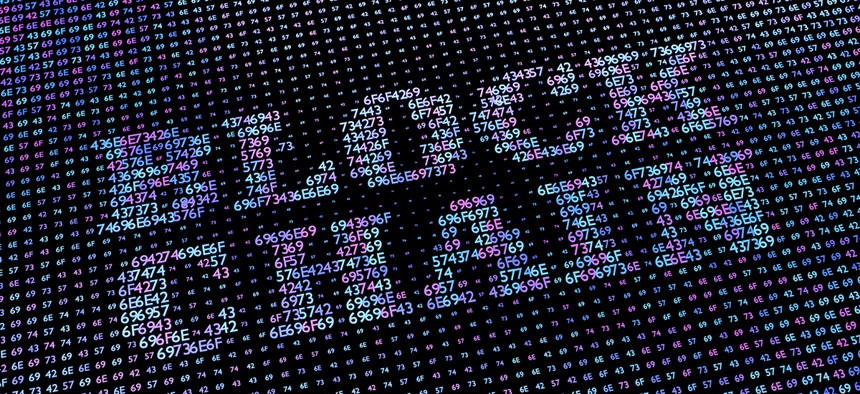Blockchain Technology Can Help Save the Lives of Millions of Refugees by Giving Them a Verified Identity

Apoint/Shutterstock.com
The technology gives refugees the same services as those with “official” identification.
What if you had no proof of who you are? What would you do when the bank manager asked for ID when you tried to open an account or when the hospital asked for your documentation?
You wouldn’t be able to function, at least not easily. Billions face this problem internationally, but now blockchain technology is helping those with no paper proof of existence get the same services as those with “official” identification.
Blockchain technology, made famous by cryptocurrencies like Bitcoin, is a coding method that allows for secure record keeping in online community ledgers. Network members share and confirm information across computers with no central authority. No one user controls the information or messes with it independently; members must jointly confirm information before it’s added to the jointly-held data repository.
“We’ve had ledgers since the sixth century. Ledgers help us keep track of how the world works,” said Brian Behlendorf, executive director of the Linux Foundation’s open source Hyperledger project, speaking at Quartz’s The Next Billion conference in San Francisco on Oct. 13.
But online data has traditionally been centralized, and this, Behlendorf believes, is the original sin of the web, one technologists are atoning for now by liberating information from central sources. Top financial firms are experimenting with blockchain technology for electronic exchanges, wallet systems, and more, and companies like IBM are also investing heavily in the tech, but it’s blockchain’s potential to help the disenfranchised that excites Behlendorf the most.
Two billion internationally don’t have access to financial services, the World Bank reports. One in three children born in the world is not documented, according to UNICEF. Plus, there are over 95 million people who were forcibly displaced, stateless, or refugees as of 2015, per the United Nations. The inability to identify all of these people poses a security threat and thwarts international development, apart from leaving much of the population disconnected from the webbed world.
Blockchain is being used to address these issues. For example, in the Dadaab refugee camp in Kenya, the blockchain platform BanQu helps displaced Somalis create economic identities. Technically speaking, a network member makes a mashup of someone’s selfies, key physical characteristics, and biometrics, uploading them to a secure ledger as an identity, along with other information, like relationship-based credit profiles made up of individuals attesting to successful business dealings with the person profiled. Thus, shared truths are substituted for traditional proofs and are relied upon by other BanQu users to supply credit or enter a contract, for example.
BanQu co-founder and CEO Ashish Gadnis told Quartz in an email he sees “infinite” applications for blockchain technology.
Indeed, the Blockchain Summit in June 2016 discussed ledgers to track child trafficking, and precious gems dealers are turning to blockchain to monitor blood diamond trading. The book "Blockchain Revolution" even predicts it could prevent the next global financial crisis.
As Behlendorf said, “We can use technology to reform the systems of the world to be auditable, accountable, and a force for good as we bring the next billion online.”





